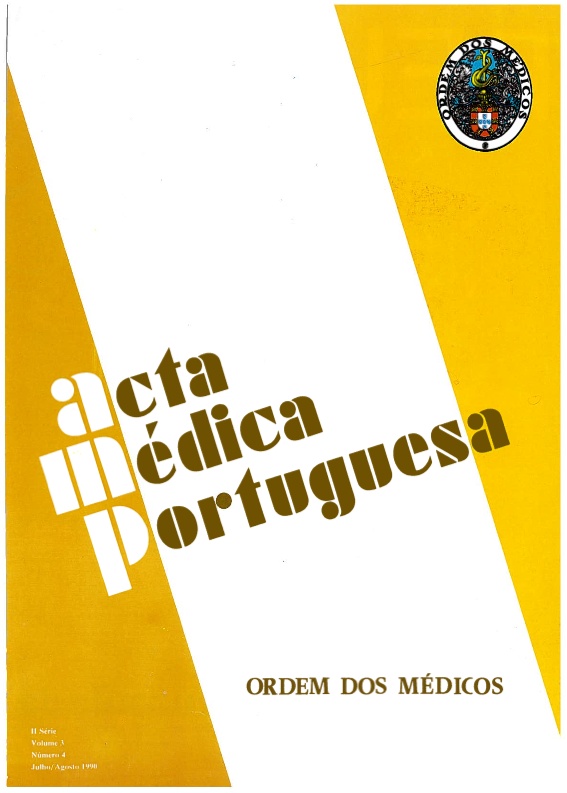Hypospadias. Review of a caseload and of the various techniques used--279 cases.
DOI:
https://doi.org/10.20344/amp.4570Abstract
A review was made of 279 children with Hypospadias treated in Pediatric Surgery Department. Hypospadias was classified in accordance with existence of chordee and position of urethral meatus. Indications and the results are discussed according to Hypospadias type and surgical procedure performed over the years. Glanular Hypospadias (144 cases) were treated as follows: 117 by meatotomy or advancement meatoplasty and postectomy with 1.09 mean interventions per patient (M I/P). 24 by MAGPI procedure with 1,12 M I/P and 3 by other procedures. Distal penil Hypospadias without chordee (87 cases), 23 were treated by Denis Browne Crawford (DBC) procedure with 2,82 M I/P, 62 by Van Der Meulen procedure with 1,48 M I/P and 2 by other procedures. Hypospadias with chordee, penile and perineal (48 cases) 35 had chordee release followed by DBC procedure with 4,0 M I/P, 7 by Duckett procedure with 2,0 M I/P and 6 by other procedures. The present tendency towards the use of single stage procedures, namely MAGPI, Van Der Meulen and Duckett is analysed. Its advantages for patients and institutions--lower M I/P, decrease of hospitalization period, repair completed earlier in life and reduced emotional damage--are balanced with aesthetical results and frequency of complications.Downloads
Downloads
How to Cite
Issue
Section
License
All the articles published in the AMP are open access and comply with the requirements of funding agencies or academic institutions. The AMP is governed by the terms of the Creative Commons ‘Attribution – Non-Commercial Use - (CC-BY-NC)’ license, regarding the use by third parties.
It is the author’s responsibility to obtain approval for the reproduction of figures, tables, etc. from other publications.
Upon acceptance of an article for publication, the authors will be asked to complete the ICMJE “Copyright Liability and Copyright Sharing Statement “(http://www.actamedicaportuguesa.com/info/AMP-NormasPublicacao.pdf) and the “Declaration of Potential Conflicts of Interest” (http:// www.icmje.org/conflicts-of-interest). An e-mail will be sent to the corresponding author to acknowledge receipt of the manuscript.
After publication, the authors are authorised to make their articles available in repositories of their institutions of origin, as long as they always mention where they were published and according to the Creative Commons license.









